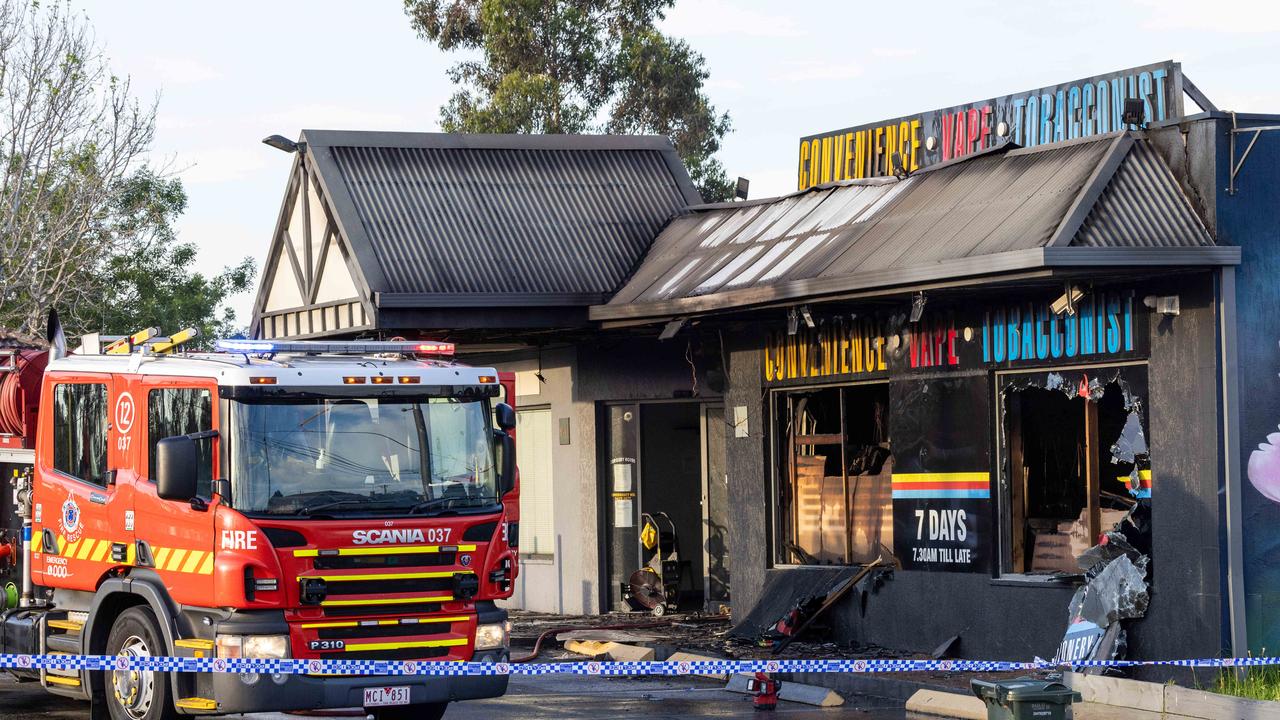Andrew Rule: How unorthodox Essendon home was linked to notorious Melbourne robbery
When a perplexed renter discovered his new Essendon home featured a steel-reinforced door and a sniper’s nest, the only thing left to ponder was who his landlord really was.

Police & Courts
Don't miss out on the headlines from Police & Courts. Followed categories will be added to My News.
Early on the Monday morning after the big bookie robbery in 1976, Jim Beasley was first in to work at the Col Paige Ford yard in Footscray.
It was a quiet time, and Beasley had just started on paperwork from Saturday sales when he heard a knock on the glass doors.
It was only 7am, barely sunrise in late April, but “Diamond Jim” the ace salesman was ready to stretch a point to meet anyone hot to buy a new Ford.
He opened the door and in came a man of medium size with dark hair, dark eyes and a cocky grin that Beasley never forgot. This was Normie Lee, who sometimes wrote his name on documents as Leon Norman Lee or Norman Leon Lee or occasionally even his correct name, Norman Leung Lee, the middle name coming from his Chinese father.
Lee spoke like the streetfighter he had been along the way to running a couple of dim sim factories and pulling armed robberies. Smart but tough.
Beasley could tell when a customer had cash burning a hole in their pocket. He wasn’t surprised at what this one wanted — a hot GT Falcon, Australia’s answer to the Mustang. No haggling needed. By the time the rest of the staff straggled into the car yard, Normie Lee had driven out of it, V8 motor snarling.
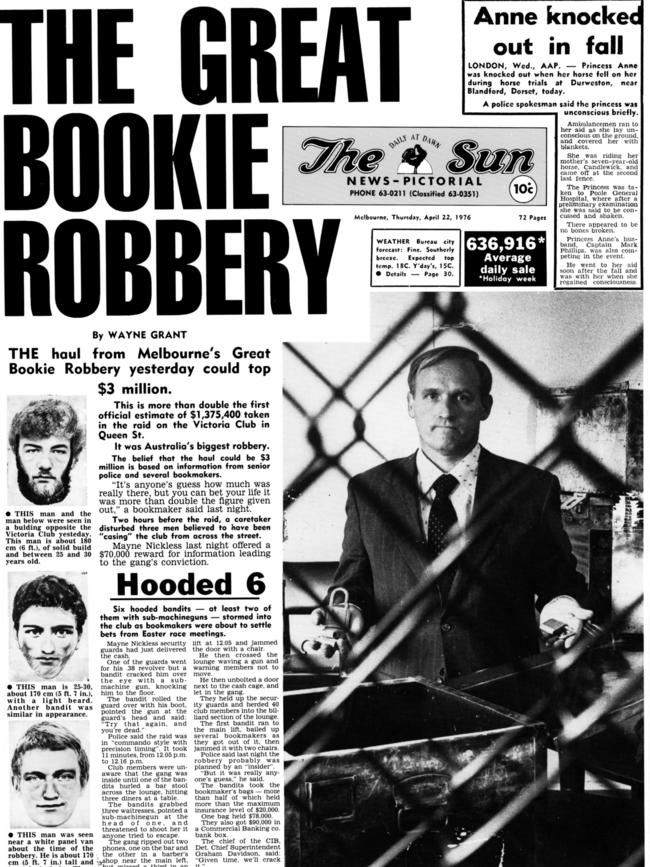

Buying that coveted GT was probably as good as it got for Lee. He and the rest of the crew who pulled the bookie robbery led by his mate Raymond Patrick Bennett (alias Ray Chuck) got to endure the Chinese curse “May you live in interesting times”.
Not that many of them got to live long.
The bookie heist at the Victorian Club in Queen St on the first settling day after Easter scored anywhere between the lowball official figure of $1.3m and many times that, given the bookies’ habit of stuffing their cash boxes with black money from undeclared bets. The trouble with a score like that was that every other predator in the jungle wanted it.
Head of the queue were the three Kane brothers, bent police and “toe cutters” like Linus Patrick Driscoll, who supplied automatic weapons for robbers before robberies then tortured them afterwards to find out where the cash was hidden.
The bookie robbers became targets and didn’t like it, leading to the ugly brawl in a Richmond pub when Bennett’s mate Vinnie Mikkelsen bit off part of Brian Kane’s ear.
As Bennett’s then-lawyer Joe Gullaci noted much later, it’s hard to be a standover man when someone has taken a bite of your ear. The bite had to be avenged or else Kane would lose face.
Bennett read the tea leaves and got in first. In late 1978, three masked men burst into Les Kane’s not-quite-secret hideaway in Wantirna, bundled his then wife Judi and their two small children out of sight then shot Les dead. His body and his pink Ford Futura were never seen again.
This was war. Mikkelsen, Bennett and Laurie Prendergast beat the murder rap for lack of evidence but the Kane camp had a lower standard of proof.
Mikkelsen fled to Western Australia, stayed for many years and survived. His mate Laurie Prendergast hid but not long enough. Despite driving a Volvo that made him look like an accountant, he would later be abducted and killed, although his body was never found.

Bennett, of course, was shot dead in the old City Court in November, 1979, almost certainly by Brian Kane, disguised to look like a lawyer.
“Cop this, mother----er!” he said as he pulled the trigger, then menaced a policeman and warned, “Don’t make me do it.”
This audacious hit was executed in the court building because it was the only opportunity before Bennett went into prison on a minor charge; he thought he’d be safer behind bars than on the streets, where rogue cops were tag teaming with the Kanes.
Bennett’s murder spooked anyone involved with the bookie robbers. One of them was a shadowy figure we will call Steven Jameson because that’s the false name he gave himself when he and his wife bought a house in King St, Essendon soon after the bookie robbery in 1976.
Jameson, who would years later quietly change that fabricated name back to his real one on documents, was so scared by the Bennett hit that he and his wife headed to NSW the same week, handing the Essendon house to an agent to rent out.
That’s how a young train driver, Michael Hinch, came to move into the house a few weeks before Christmas, 1979. Hinch noticed odd things in the old weatherboard house — some of which, he discovered later, investigators had missed.
Unlike police, Hinch did not know the house was owned by a close associate of the infamous bookie robbers.
To be clear, Jameson had not been one of the bandits waving guns in the Victorian Club on the day. But some police and others concluded long ago he was “the fifth Beatle”, a virtual “cleanskin” trusted by Bennett, Lee and fellow robbers, Ian “Fingers” Carroll, Brian O’Callaghan and others.
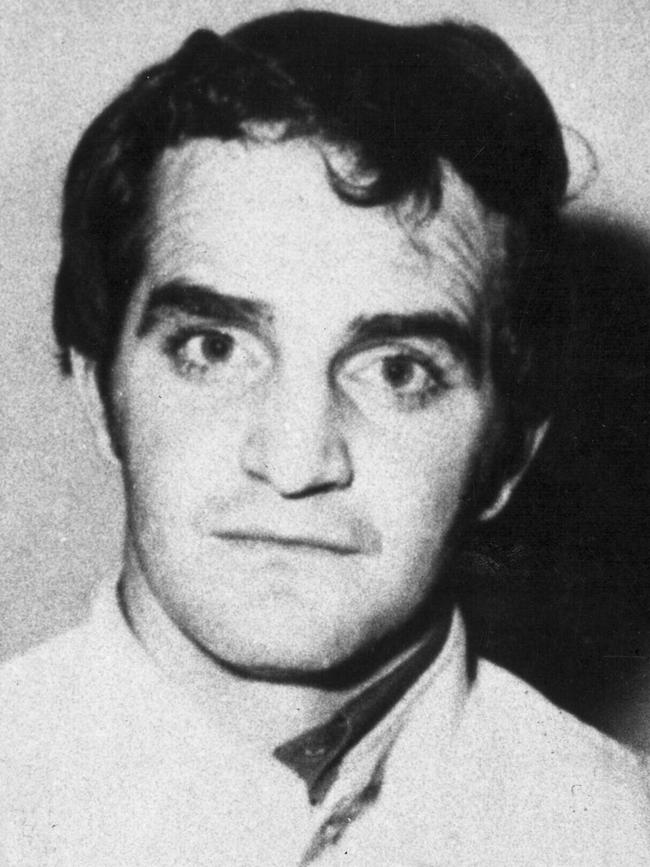
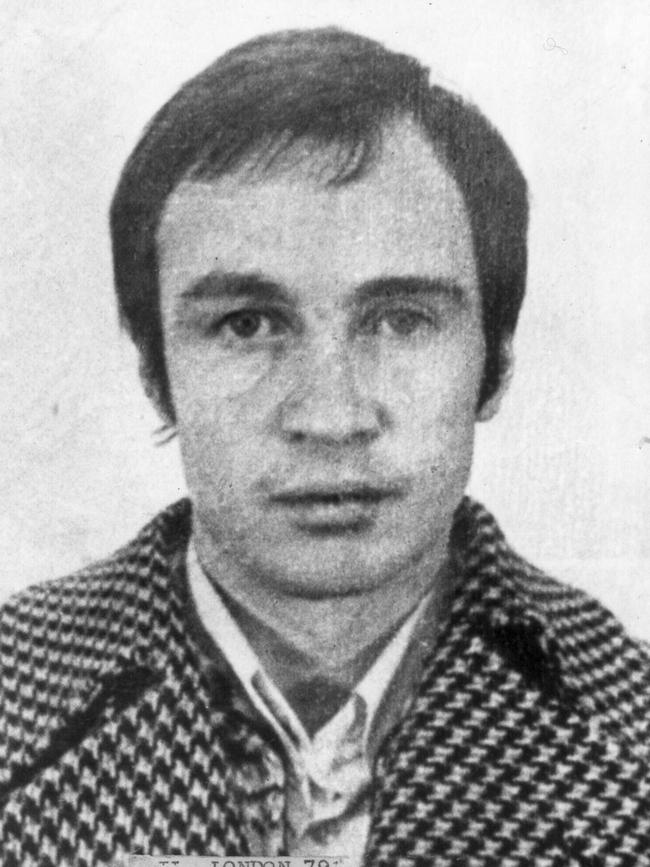
Detectives (who later charged Jameson’s wife and Lee’s de facto over holding money from the robbery) had put the Jamesons under surveillance well before the Bennett shooting.
Investigators working the case still say Jameson was a “time and motion man,” an anonymous face from Sydney with little exposed “form” but known to Russell “Mad Dog” Cox, and recruited to observe the Victorian Club’s daily routine, escape routes and other useful information.
This sophisticated planning was reputedly inspired by the then famous Wembley Gang in London, which had impressed Bennett with “commando raid” robberies.
Former Victorian Club president Michael Stewart has previously told this reporter he noticed a quiet, well-dressed man around the club in the weeks before the robbery. The easygoing stranger claimed to be from Adelaide. He did not seem known to any particular member but casually infiltrated the lawyers, bookies and racing people who regularly drank in the bar. After the robbery, he was never seen in the club again.
Whether Jameson was a spy is hard to prove. But it was soon clear to his tenant, Michael Hinch, that his landlord must have been extremely worried about police raids — or something more sinister.

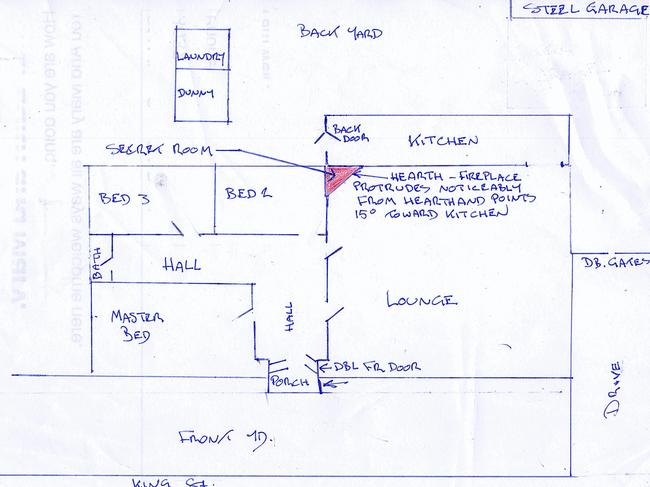
The first thing Hinch noted were heavy bars across all the windows. Then the steel-reinforced door protecting the regular wooden front door, all heavily deadlocked and bolted. Inside, iron brackets had been fixed to the wall either side of the doorway so a bar could be dropped across to stop the door being burst open.
It was so secure that Hinch took keys to bed every night in case there was a fire because he feared being trapped behind the deadlocked doors.
But that wasn’t all. Hinch noticed that the fireplace in the corner of the main room was offset from the wall at a strange angle. And when he got the agent’s permission to concrete the shed floor in the backyard, he found empty bullet shells of various calibres buried there. He mixed the shells into the concrete.
Hinch was curious about the crooked fireplace, which couldn’t be used. He got through a manhole in the bathroom ceiling and was surprised to find the roof joists decked with boards so he could walk around easily under the high gable.
When he went towards the front of the house, he saw that the gable end had been modified with open trellis, letting an observer hiding in the roof to watch people and cars approaching in the street. He noted two U-shaped fittings resting on swivels, one each side of the gap, ideal to use as a rest for a rifle. Two shooters up there could repel a small army without being seen.
The train driver checked around the chimney above the fireplace. He found a neatly-fitted trapdoor. When he lifted it, he saw a light switch. He hit the switch and the light lit up the gloom below: revealing a tiny shaft down to the floor behind the fireplace.
The hidden space was just big enough for one person to sit in. In it were two stools and an ashtray of butts. A smoker had obviously hidden there for hours. This explained a strange air vent in a nearby exterior wall — it was to ventilate the hiding spot.
None of it made sense to the puzzled tenant until the end of 1980, when the agent told him the unnamed owner wanted to return to Victoria and the house. Then two detectives turned up and took him into their confidence.
The police said the owner was involved with the bookie robbers and had bolted after Bennett was shot. They said they would like a set of the house keys, which Hinch gave them. They hinted they’d be bugging the house immediately “so don’t say anything you don’t want us to hear.”
Hinch told them about the buried bullet shells and the watching post in the roof. Then he pointed out the crooked fireplace and the secret space behind the chimney.
He still recalls the reaction.
“The copper looks at me and says, ‘You’re shitting me!’ He was furious they hadn’t found it when they searched the place before we moved in.”
A week later, Hinch had moved out, taking a story that has lasted four decades.
He recalled it all again last week, when this newspaper published the startling story that another old-time robber had named Normie Lee as the child abductor “Mr Cruel”.
Hinch never met his landlord, the one who named himself Steve Jameson.
But if he lived around the same suburbs, he might often have seen Jameson working outside in a high vis vest.
As for the rest of the bookie robbers, the smart money says only one of the masked men who waved a gun in the Victorian Club has made it to pension age.




